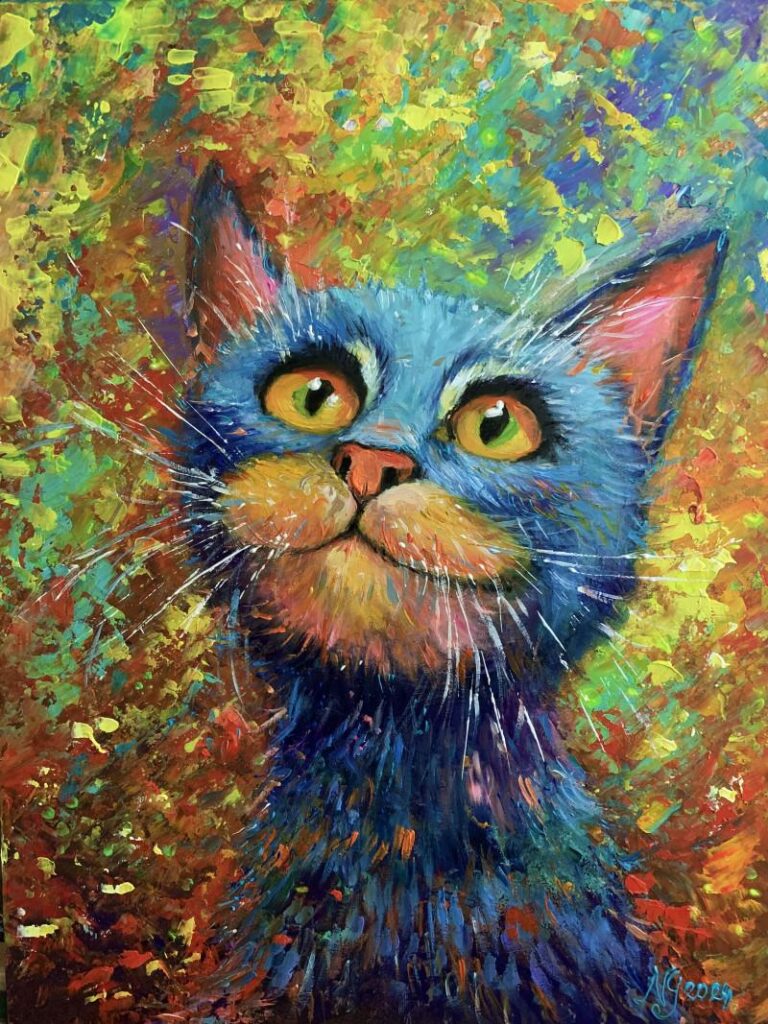In an unprecedented fusion of art and economics, a recent study analyzing 630,000 paintings offers a novel lens on global economic trends. By examining patterns, subjects, and styles across centuries of artistic production, researchers have uncovered striking correlations between creative expression and economic conditions. This innovative approach reveals how the world’s financial ebbs and flows are subtly reflected on canvas, providing fresh insights into the relationship between culture and commerce. The Economist explores how this vast artistic dataset sheds new light on the dynamics of the global economy.
The Visual Language of Economic Change Across Decades
Across decades, economic transformations have been captured in more than half a million paintings, revealing subtle shifts invisible to traditional data snapshots. These visual artifacts chronicle the rise and fall of industries, changes in consumer culture, and evolving societal priorities. From the gritty factories of early industrialism to sleek urban skylines of globalization, art reflects not only economic output but also sentiment – optimism in booms and anxiety during recessions. The ebb and flow of color palettes, subjects, and composition styles offer a unique, cultural barometer of economic health and public mood.
Key visual indicators tracked through these paintings include:
- Industrial prominence: Emphasis on machinery and labor versus service and technology sectors.
- Urbanization: Growth of cityscapes as a proxy for economic concentration and wealth concentration.
- Material abundance: Representation of consumer goods as markers of prosperity.
- Environmental impact: Depictions of nature, pollution, and land use echoing policy and economic priorities.
| Decade | Dominant Theme | Economic Signal |
|---|---|---|
| 1920s | Factory machinery | Industrial boom |
| 1950s | Consumer goods abundance | Post-war prosperity |
| 1980s | Urban skyscrapers | Financialization growth |
| 2000s | Digital technology motifs | Tech-driven expansion |
| 2020s | Environmental themes | Climate-driven economy |
Artistic Trends Reveal Shifts in Global Wealth and Markets
Analyzing a vast collection of 630,000 paintings reveals more than just artistic preferences-it uncovers hidden narratives about the shifting contours of global wealth and market dynamics. As economies expand or contract, the themes and styles that prevail in art collections evolve accordingly. For instance, an upsurge in abstract and contemporary art often correlates with growing financial prosperity in emerging markets, reflecting newfound economic confidence and cultural expression. Conversely, periods marked by economic uncertainty see a resurgence of classical and realist themes, signaling a societal retreat toward tradition and stability.
Key insights include:
- Geographic shifts: The migration of art production hubs mirrors rising economic powers in Asia and the Middle East.
- Market capitalization: High-value artworks tend to cluster in regions with ballooning wealth, often coinciding with booming luxury markets.
- Cultural investment: Nations investing heavily in arts infrastructure often experience a ripple effect, stimulating both cultural capital and economic growth.
| Region | Dominant Art Style | Economic Indicator | Market Trend |
|---|---|---|---|
| Asia | Abstract Contemporary | Rising GDP | Rapid Auction Growth |
| Europe | Modern Realism | Steady Economic Growth | Stable Art Sales |
| Middle East | Mixed Media Experimental | Oil Market Fluctuations | Emerging Collectors |
| North America | Pop Art Resurgence | Strong Consumer Spending | High-End Auction Demand |
Leveraging Art Data to Forecast Economic Opportunities and Risks
Experts have tapped into an extensive repository of over 630,000 paintings, analyzing trends in color, subject matter, and composition over centuries to reveal nuanced insights about historical economic conditions. By applying machine learning algorithms to this vast visual data, researchers have identified patterns that correlate with economic booms, recessions, and geopolitical shifts. The use of vibrant colors and expansive landscapes, for example, often surged during periods of prosperity, while darker palettes and more somber themes tended to dominate during times of crisis. This unconventional dataset offers a fresh perspective on how societal moods, reflected through artistic expression, can presage broader economic realities.
Further exploration of the data uncovers subtle indicators within art styles that help forecast future risks and opportunities. Below is a summary of key visual markers and their economic correlations discovered through the analysis:
| Artistic Element | Economic Signal | Example Periods |
|---|---|---|
| Brighter Color Palettes | Economic Growth | 1920s, Post-WWII |
| Abstract & Fragmented Forms | Market Uncertainty | 1930s Great Depression, Early 2000s |
| Increased Use of Dark Tones | Recession Warning | 1870s Panic, 2008 Financial Crisis |
| Rise of Urban and Industrial Themes | Technological Advancements | Late 19th Century, 21st Century |
- Predictive Power: These visual markers serve as prelude indicators, offering data-driven foresight on economic trends.
- Cross-disciplinary Insights: Integrating art history with economics opens new pathways for understanding societal dynamics.
- Data-Driven Policy: Governments and investors can leverage these findings to anticipate market shifts and risks with greater precision.
The Way Forward
As this analysis of 630,000 paintings reveals, the art world offers a unique lens through which to interpret global economic trends. Shifts in style, subject matter, and artistic output not only mirror changing market conditions but also reflect broader cultural and societal transformations. While numbers and data charts provide one perspective, the patterns embedded in these artworks underscore the complex interplay between creativity and commerce. Ultimately, the study underscores the enduring connection between art and economy, reminding us that economic history is not only written in figures-but also painted on canvases.
